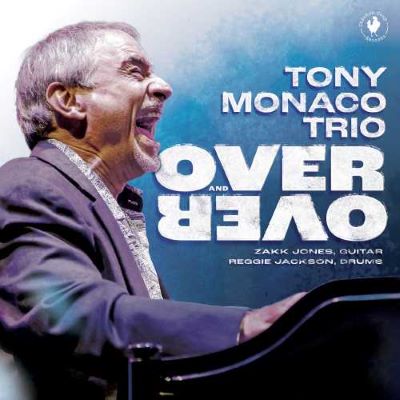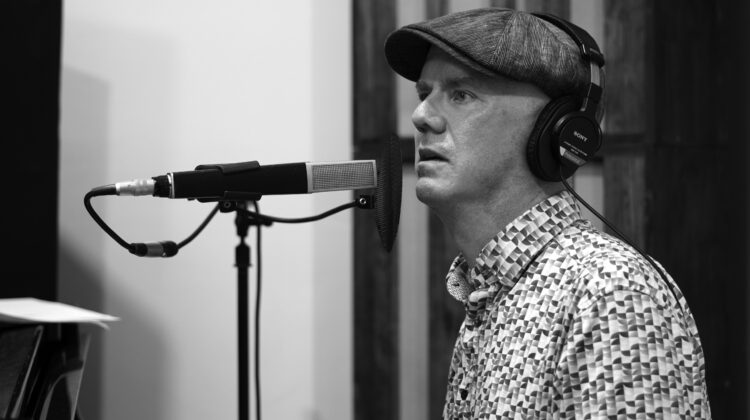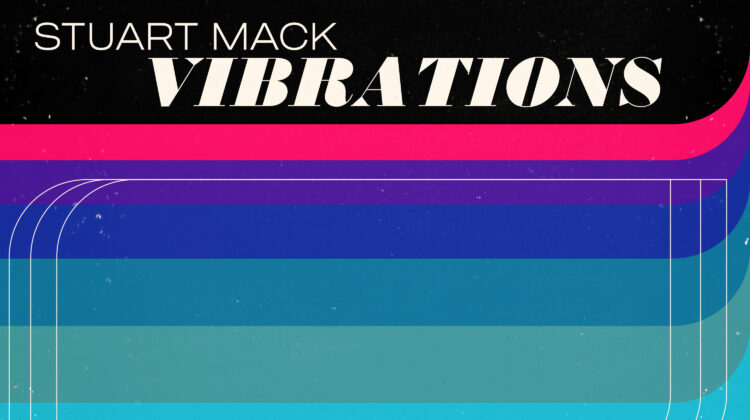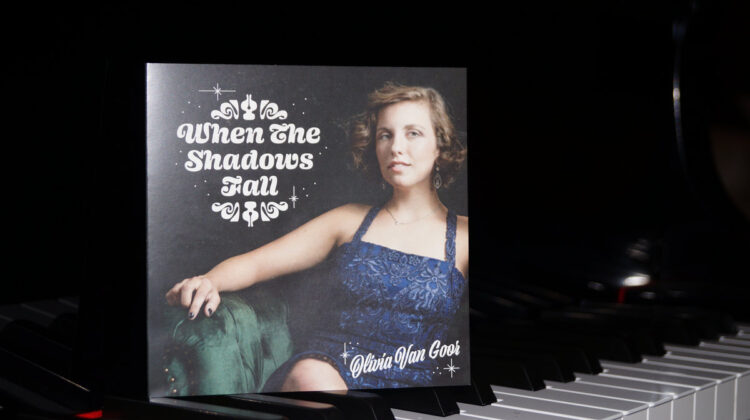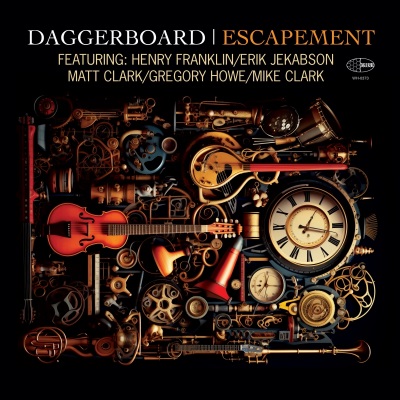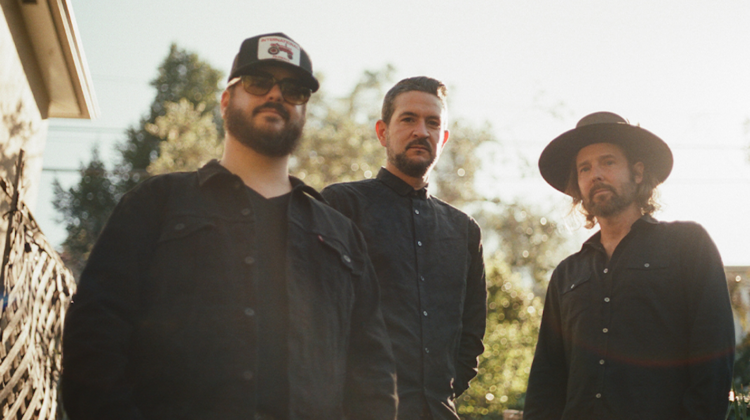Not only is pianist Fred Hersch a composer of the first order, he is also an impressive interpreter of fine songs stretching all the way back from Tin Pan Alley to Brazilian Bossa Nova, and the Bebop and post-Bop era. Standard fare for most jazz pianists worth their salt, some may say, but Hersch’s take on the material stands out from the pack. On his most recent live solo recording released on the Palmetto imprint, he is surrounded by an appreciative audience, as well as the legendary spirits inhabiting a hallowed jazz mecca. The CD, entitled “Alone At The Vanguard”, couldn’t be more oxymoronic.
The disc is made up of live performances taken from a week-long residence at the famous New York City jazz venue, The Village Vanguard. The set opens up with a breathtaking rendition of “In the Wee Small Hours of the Morning”, and includes tender dedications to guitarist Bill Frisell (“Down Home”) and Lee Konitz (“Lee’s Dream”). It’s a masterly brace of compositions that also doffs a respectful hat to Sonny Rollins and Thelonious Monk.
Fred Hersch shares a few insights into his influences and interests in the following chat.
John Stevenson: The Village Vanguard has been major place of jazz pilgrimage for the last 76 years. It’s peopled with the presences of legends, dead and alive…
Fred Hersch: Alongside the amazing history, it is the naturalness of the acoustics, the knowledge level and intensity of the audience – and the fact that it is very basic – jazz and cocktails. No ‘Charlie Parker Burgers’ or gift-shops!
JS: A European classical sensibility courses through “Echoes” and “Pastorale”; some hints of Erik Satie and certainly Sergei Rachmaninoff. Is a classical grounding a great advantage for a jazz pianist?
FH: There is so much classical literature for pianists that I think it is foolish not to play some – not necessarily to perform it, but to learn from it. I might feel differently if I were a saxophonist or a trombonist.
JS: In your distillation of the melodic essences of pieces such as “In the Wee Still Hours of the Morning”, poetry comes to mind, akin to the way that Bill Evans took artistic ownership over pieces like “Love Theme from Spartacus”; or “My Foolish Heart”. That said, you have been been careful in distancing yourself from Evans’s influence over the years …
FH: For years I was put into the “Bill Evans” bin, which I think was just lazy journalism: “White guy, plays standards and ballads”. He is an influence – but just as important to my development as Thelonious Monk, Earl Hines, Ahmad Jamal, Paul Bley, and many more. My music has grown and expanded in a way that Bill’s never did.
JS: What are the particular attractions and challenges of the jazz solo piano performance?
FH: In a trio or duo (or larger ensemble) I can count on the other musicians to surprise me. With a solo effort, I have to surprise myself. This I do between my two hands, deeply connecting to the material I am playing. I have the flexibility to modulate, go in and out of (or change tempi) and to use the whole piano, and all that it is capable of doing, orchestrally and rhythmically. People tend to forget that it is a percussion instrument at heart – and that it can be an orchestra or a big band.
JS: What are the sources of inspiration that have propelled you over and beyond your recent severe health crises?
FH: Playing music as well as inventing new material. In addition, my partner Scott kept me going through some very dark times. I still feel that I am improving as a pianist and as a composer, so I like new artistic challenges
.
JS: Growing up as a youngster in Cincinnati, Ohio, who were your formative influences?
FH: Tenor player Jimmy McGary, guitarist Cal Collins and Kenny Poole were the local guys that took me under their wings. That, and listening to every jazz record I could get my hands on!
JS: Your soon-to-be-premiered “My Coma Dreams” is a brave artistic rendering of eight sleep narratives. It’s a multi-media project on which you’ve enlisted instrumentalists like Ralph Alessi and Adam Kolker, as well as actor Michael Winther and director Herschel Garfein. Would you say this has been also one of your most complicated jazz endeavours?
FH: Absolutely. When I did “Leaves of Grass” for two singers (Kate McGarry and Kurt Elling) and an instrumental octet in 2005, there were no theatrical elements. “My Coma Dreams” contains animation, video projections, computer-generated imagery (CGI), lighting, and an actor and/or singer. The technical aspects can be daunting to assemble. The musical language of each dream is quite different: Some recognizably sound like jazz, others not so apparent.
JS: Over the years, I have followed your music in a number of formats: trio, solo, quartet, quintet, and “pocket orchestra” and of course, on the remarkable tribute to the literary works of Walt Whitman (Leaves of Grass). Does each kind of collaboration give you a different kind of creative buzz?
FH: Absolutely. Each context inspires me to create new repertoire, and I always react differently to each musician I play with.
JS: You have recorded “Doce de Coco” for the first time. Why does the piece appeal to you?
FH: Choros are charming and I know a lot about them. I like the melodic aspects, the counterpoint and the form very much.
JS: When next will you be touring Europe?
FH: I will be touring Vitorio, Spain, next month, and I have a three and a half week series of European engagements with my current trio (John Hebert and Eric McPherson) during most of November.
.
.


